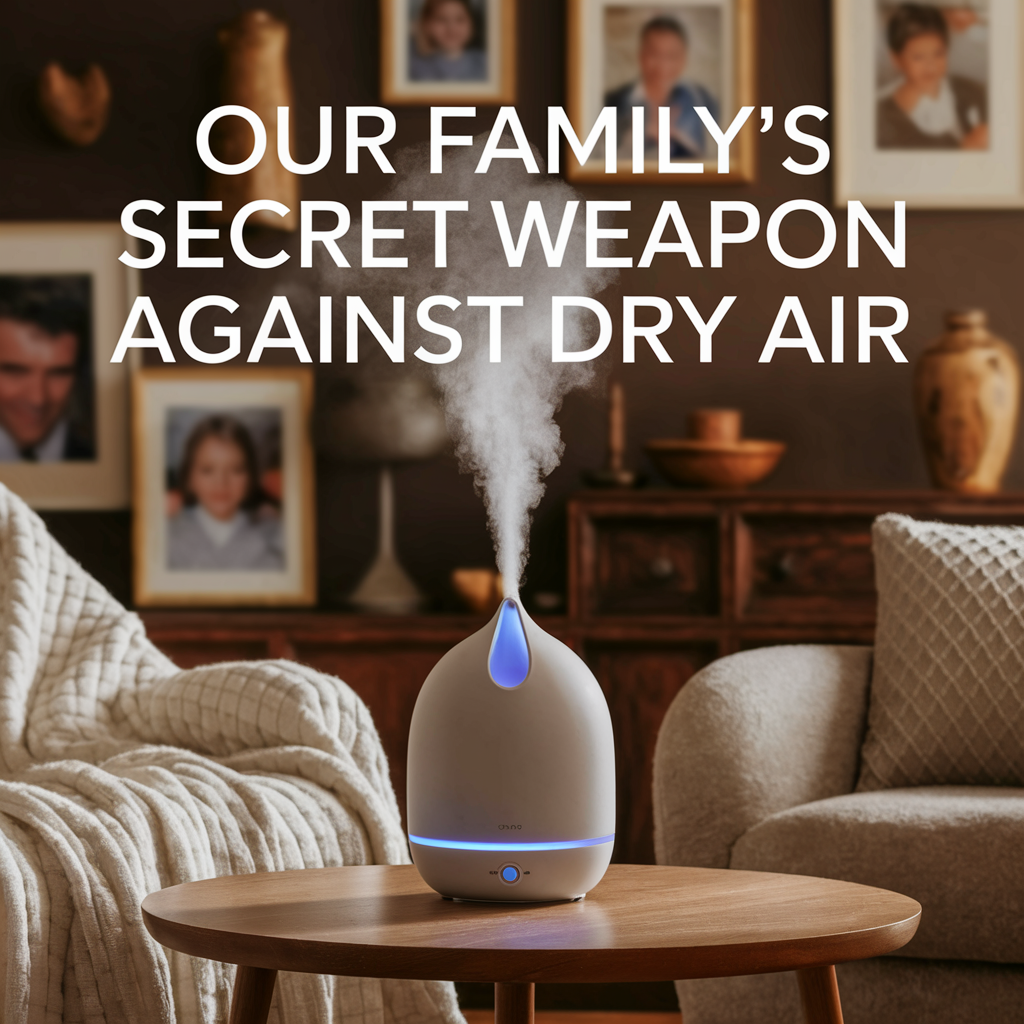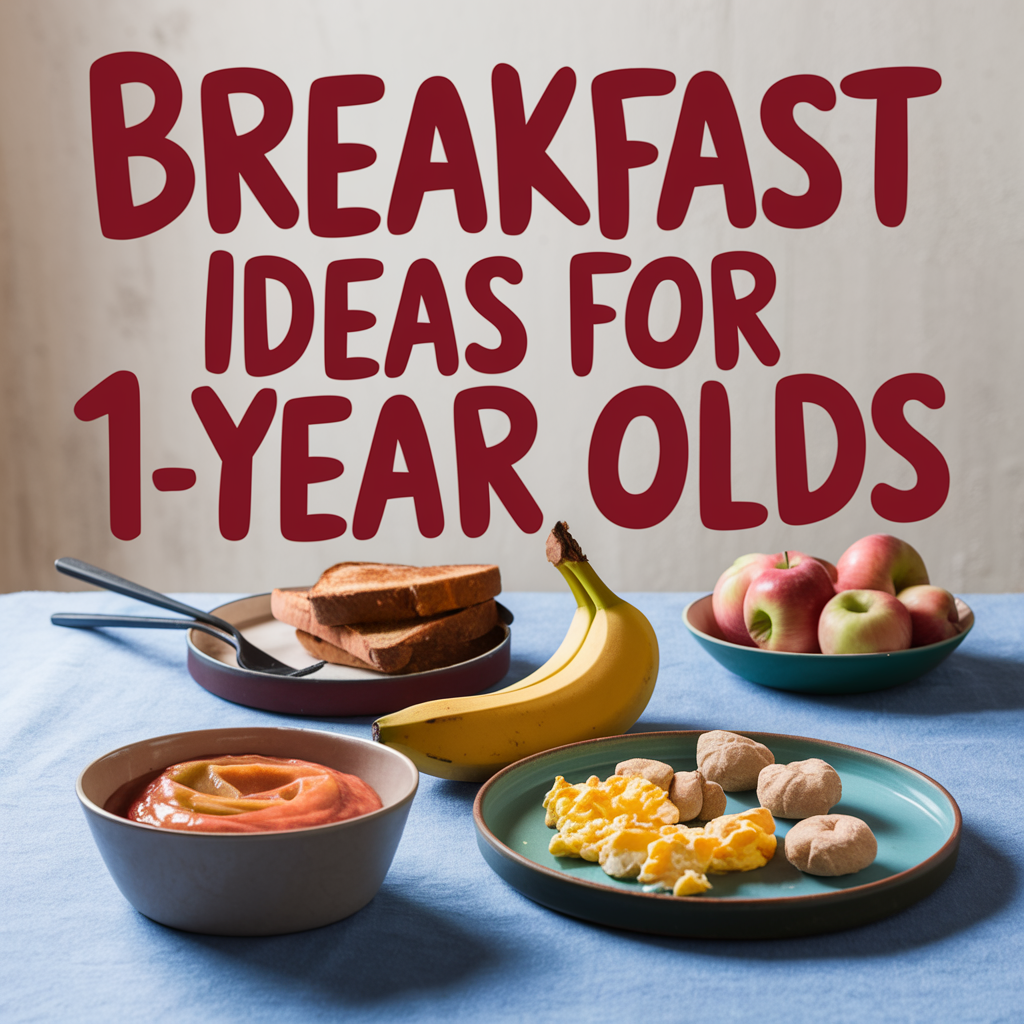As a parent, one of the milestones I’ve both anticipated and dreaded is transitioning my toddler from a bottle to a sippy cup. At 14 months old, my little one had formed a strong bond with his bottle. It was his comfort during naptimes, mealtimes, and those moments in between. But when it came to introducing a sippy cup, it was like opening a floodgate of resistance. He would cry, scream, and absolutely refuse to take a sip from anything but his beloved bottle. If you’re in the same boat, navigating this sippy cup struggle, you’re not alone. Many of us face this challenge, figuring out how to gently persuade our toddlers to embrace this change.
In this article, “The Sippy Cup Struggle: Why Toddlers Resist and How to Overcome It,” we’ll explore the reasons behind this resistance and share effective strategies to make this transition smoother. One product I found particularly helpful in this journey is the Munchkin® Gentle™ Transition Sippy Cup. With its trainer handles and familiar bottle-like design, it became a game-changer in our sippy cup saga.
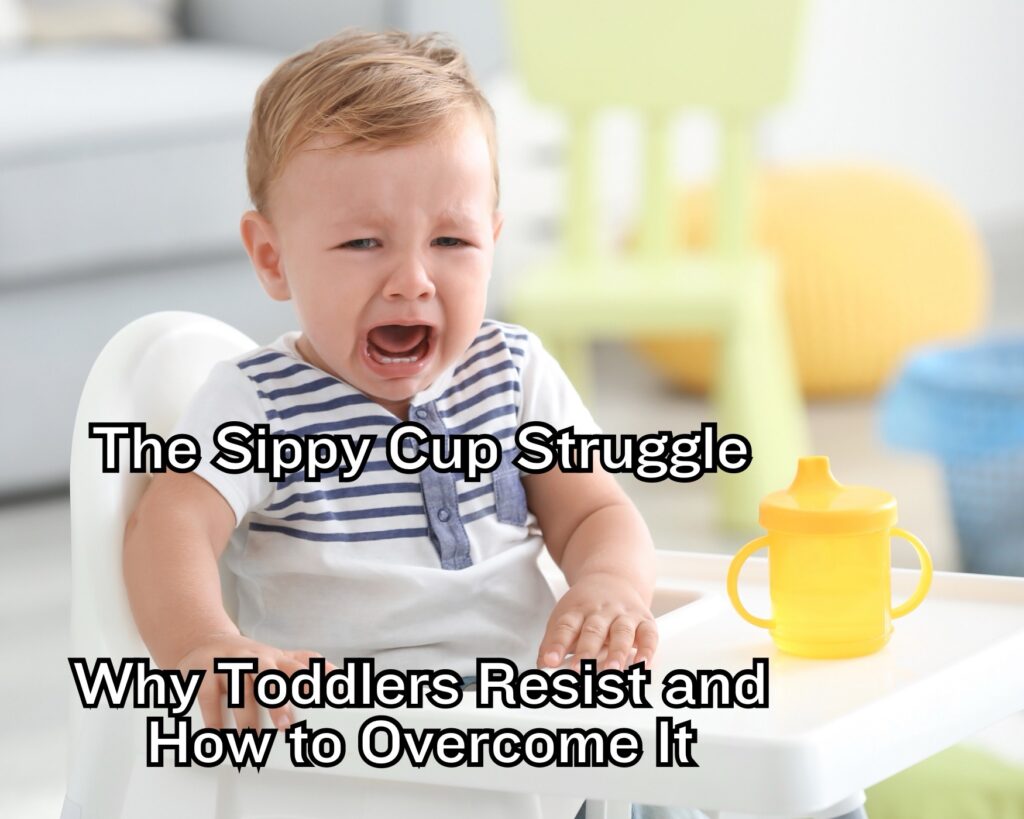
Understanding Toddler Resistance to Sippy Cups
As a parent, watching my toddler vehemently resist the sippy cup left me puzzled and, admittedly, a bit frustrated. But understanding the root of this resistance was key to navigating this transition more empathetically.
Emotional Attachment to Bottles
- Comfort and Familiarity: For toddlers, bottles are more than just feeding tools; they are sources of comfort and familiarity. The bottle has been a constant in their lives, often associated with moments of closeness and security.
- Resistance to Change: Toddlers, like many of us, can be resistant to change, especially when it comes to altering a deeply ingrained routine. The switch from a bottle, which requires a different sucking mechanism, to a sippy cup is a significant change for them.
Sensory Preferences
- Tactile and Oral Sensitivities: Some toddlers have specific tactile and oral preferences. The feel of a bottle nipple is quite different from that of a sippy cup spout, which can be off-putting to them.
- Exploring Through Taste and Texture: At this age, toddlers are learning about their world through taste and texture. A sippy cup introduces a new texture and way of drinking that they might initially reject.
In our case, finding a sippy cup that mimicked the feel of a bottle was essential. The Munchkin® Gentle™ Transition Sippy Cup offered a softer spout that was more familiar to my toddler, making the switch a bit easier.
Understanding these factors can help parents approach the sippy cup transition with more patience and empathy, recognizing it as a significant step in their toddler’s development.

Why Is Transitioning to a Sippy Cup Important?
As I navigated through my toddler’s aversion to the sippy cup, it was crucial to remind myself why this transition was important. There are several benefits and reasons for encouraging toddlers to move from a bottle to a sippy cup.
Dental Health Concerns
- Preventing Dental Issues: Prolonged use of bottles, especially when used for sugary drinks or used throughout the night, can lead to dental problems like tooth decay. Sippy cups, particularly those without valves, encourage sipping rather than sucking, which is better for dental health.
Developmental Milestones
- Promoting Independence: Using a sippy cup helps toddlers develop hand-eye coordination and fine motor skills. It’s a step towards drinking from a regular cup.
- Encouraging Healthy Eating Habits: Transitioning to a sippy cup often coincides with introducing a wider variety of solid foods, fostering more mature eating habits.
In understanding these benefits, I found the motivation to persistently offer the sippy cup, even amidst resistance. The design of the Munchkin® Gentle™ Transition Sippy Cup, resembling a bottle but functioning as a cup, was a thoughtful way to ease my child into this new experience while prioritizing his dental and developmental health.

How Can You Ease the Transition from Bottle to Sippy Cup?
Transitioning from bottle to sippy cup can be challenging, but with the right strategies, it can be a smoother process for both toddlers and parents. Here’s what worked for us:
Gradual Introduction
- Slow and Steady: Start by introducing the sippy cup for one meal a day and gradually increase its use. This slow transition can help toddlers adjust without feeling overwhelmed.
- Familiarity First: Fill the sippy cup with a familiar drink. If your toddler has a favorite beverage they usually enjoy from a bottle, start with that in the sippy cup.
Involving Your Toddler in the Choice
- Let Them Choose: Take your toddler with you when buying a sippy cup or let them pick one from an online selection. A cup with their favorite color or character might excite them more. We had a breakthrough when my toddler chose the Munchkin® Gentle™ Transition Sippy Cup himself, attracted by its bright color and easy-to-hold handles.
Positive Reinforcement
- Celebrate Small Wins: Praise your toddler when they use the sippy cup. Positive reinforcement can encourage them to use it more.
- Modeling Behavior: Drink from a similar cup yourself. Toddlers often imitate their parents’ behaviors, and this can encourage them to try.
Consistency is Key
- Stay Consistent: Stick to your plan of phasing out the bottle. Consistency helps in reinforcing the new routine.
These strategies, coupled with patience and understanding, can help ease your toddler’s transition from a bottle to a sippy cup. Every child is different, so some strategies may work better than others. The key is to keep trying and find what works best for your child.
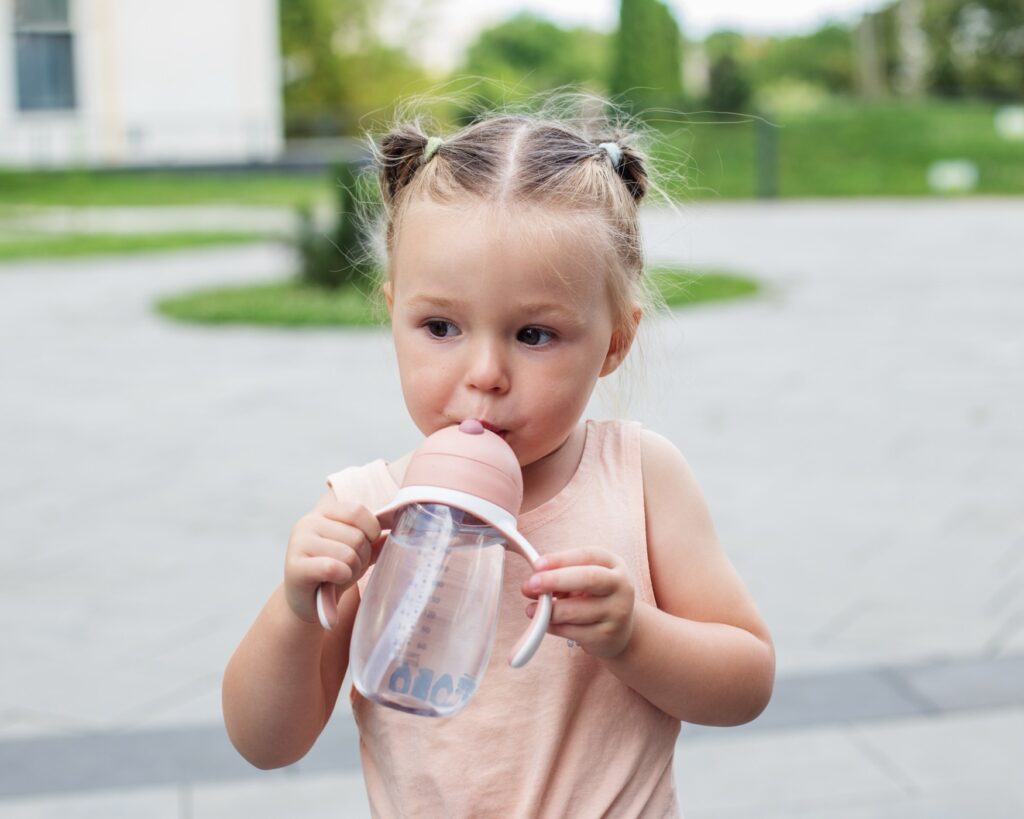
How Should You Handle Resistance and Tantrums?
Dealing with resistance and tantrums when transitioning from a bottle to a sippy cup can test a parent’s patience. Here are some approaches that I found effective:
Understanding and Empathy
- Acknowledge Their Feelings: Understand that the tantrum is a form of communication. Your toddler might be feeling frustrated or upset with the change. Acknowledge their feelings and offer comfort.
- Stay Calm: It’s easy to get flustered, but staying calm can help de-escalate the situation.
Distraction and Diversion
- Engage in a Different Activity: Sometimes, diverting their attention to another activity and then casually reintroducing the sippy cup can work.
- Make It Fun: Turn drinking from a sippy cup into a game or a fun activity. This can make the experience more enjoyable for your toddler.
Offering Choices
- Give Them Control: Offer choices within limits. For instance, ask if they want to use their sippy cup before or after a certain activity.
- Involving Them in Decision Making: Let them choose between two sippy cups. Having a sense of control can reduce resistance.
Consistent but Gentle Approach
- Don’t Force It: Forcing the sippy cup can create negative associations. If they refuse, take a break and try again later.
- Persistence Pays Off: Keep offering the sippy cup regularly, even if they initially refuse.
In our journey, having a sippy cup that my toddler was interested in made a significant difference. The Munchkin® Gentle™ Transition Sippy Cup was particularly appealing to him, making the transition smoother.
Handling tantrums and resistance requires a blend of empathy, creativity, and persistence. Every child’s response will be unique, and what works for one may not work for another. The key is to keep trying and find a strategy that aligns with your child’s temperament.

What Are Alternative Approaches if Standard Sippy Cups Don’t Work?
Sometimes, standard sippy cups might not resonate with a toddler, and that’s perfectly fine. Exploring alternative approaches can often lead to a successful transition.
Trying Different Types of Cups
- Various Sippy Cup Designs: There are numerous types of sippy cups available, such as those with straw spouts or softer spouts. Each type offers a different drinking experience, and one might be more appealing to your toddler than another.
- Non-Spill Cups: For toddlers who are used to the non-spill feature of bottles, transitioning to a non-spill sippy cup initially can make the change less daunting.
Considering a Cup Transition
- Direct Transition to Regular Cups: In some cases, bypassing the sippy cup stage and moving directly to an open cup or a training cup might work better. This can be done gradually, starting with small amounts of liquid.
- Use of Training Cups: Training cups, which are like a hybrid of a sippy cup and a regular cup, can be an effective transition tool. They help toddlers learn how to sip without the need for sucking.
Involving Your Toddler in the Process
- Let Them Pick: Allow your toddler to pick out their own cup. This can make them feel involved and more excited about the transition.
- Observation Is Key: Pay attention to your toddler’s preferences. Some might prefer certain colors, shapes, or features in cups.
Patience and Flexibility
- Be Patient and Flexible: Remember that each child is unique, and there’s no one-size-fits-all solution. Being open to trying different methods is important.
- Don’t Rush the Process: If your toddler isn’t ready, it’s okay to take a step back and try again later.
In our experience, flexibility was crucial. After several attempts with different cups, we found success with the Munchkin® Gentle™ Transition Sippy Cup. Its design was close enough to a bottle to be familiar, yet it provided the experience of using a cup.
Exploring these alternatives can open up new possibilities and make the transition from bottle to cup a more positive experience for both you and your toddler.

The Journey from Bottle to Cup
The transition from bottle to sippy cup is a significant milestone in a toddler’s development, but it’s not always a straightforward journey. As parents, we navigate through this phase with a mix of patience, understanding, and a willingness to try different approaches until we find what resonates with our child.
Celebrating Each Step
- Acknowledge the Progress: Each small step your toddler takes towards using a sippy cup is an achievement. Celebrate these moments, no matter how minor they may seem.
- Reflect on the Journey: Looking back on this journey, from the initial struggles to the eventual success, can be incredibly rewarding.
Integrating Play and Learning
- Learning Through Play: Sometimes, integrating play into the learning process can make transitions smoother. For creative ideas on engaging your toddler, check out these DIY Toys for 6-Month-Old Babies, which can inspire fun and developmental playtime for your growing child.
- Innovative Play Ideas: Engaging your toddler in playful activities can also make them more open to trying new things, like using a sippy cup.
My Final Thoughts On The Transition From Bottles To Sippy Cups
Transitioning from a bottle to a sippy cup is just one of the many challenges we face as parents. It’s a journey filled with trials and errors, successes and setbacks. But with each challenge comes the opportunity to learn more about our child’s unique needs and preferences. The Munchkin® Gentle™ Transition Sippy Cup was our solution, but every child’s journey will be different. What remains constant is the love, patience, and support we provide as they grow and explore the world around them.
Remember, each child is unique, and what works for one may not work for another. The key is to be patient, observant, and responsive to your child’s cues. With time and the right approach, your toddler will successfully make this transition, marking another milestone in their young life.
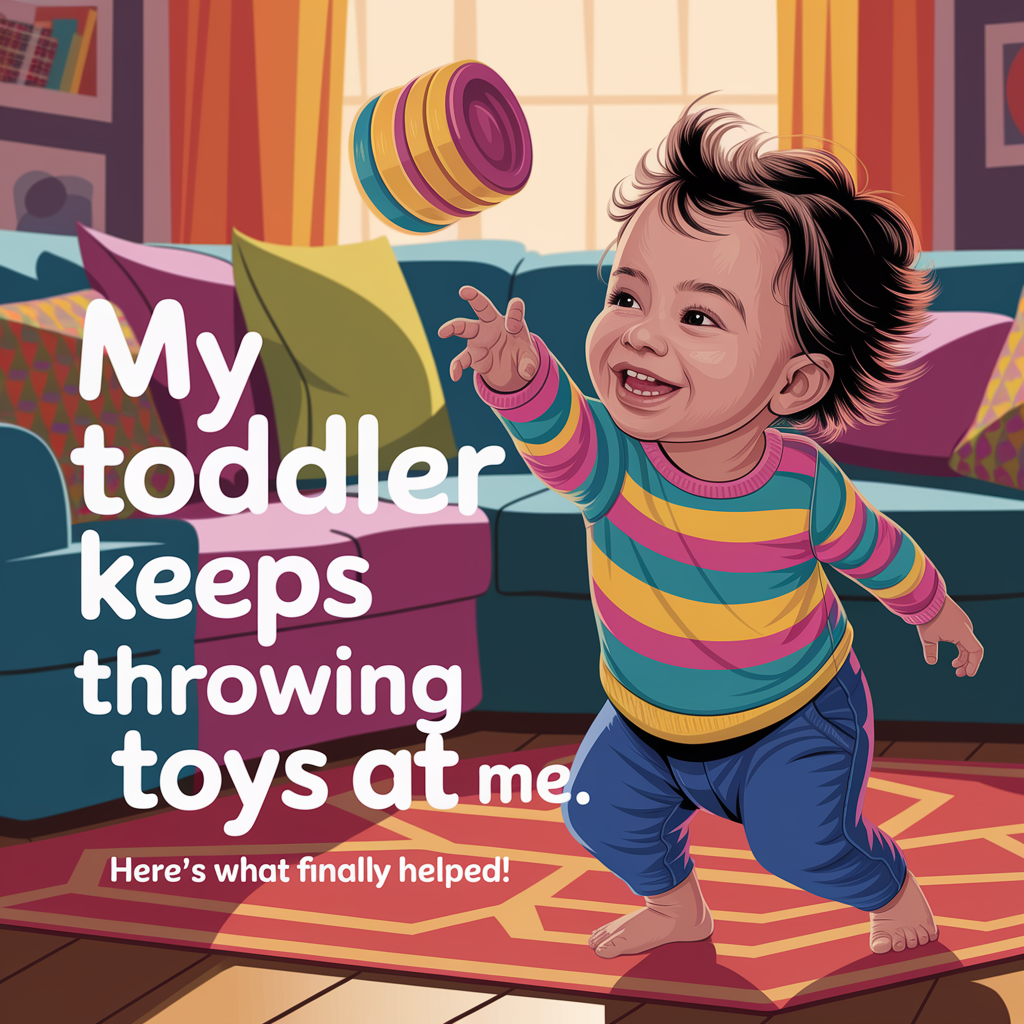
As an Amazon Associate we earn from qualifying purchases through some links in our articles.

